
From Helper to Team Player: Cobots and the Future of Manufacturing
- No Comments
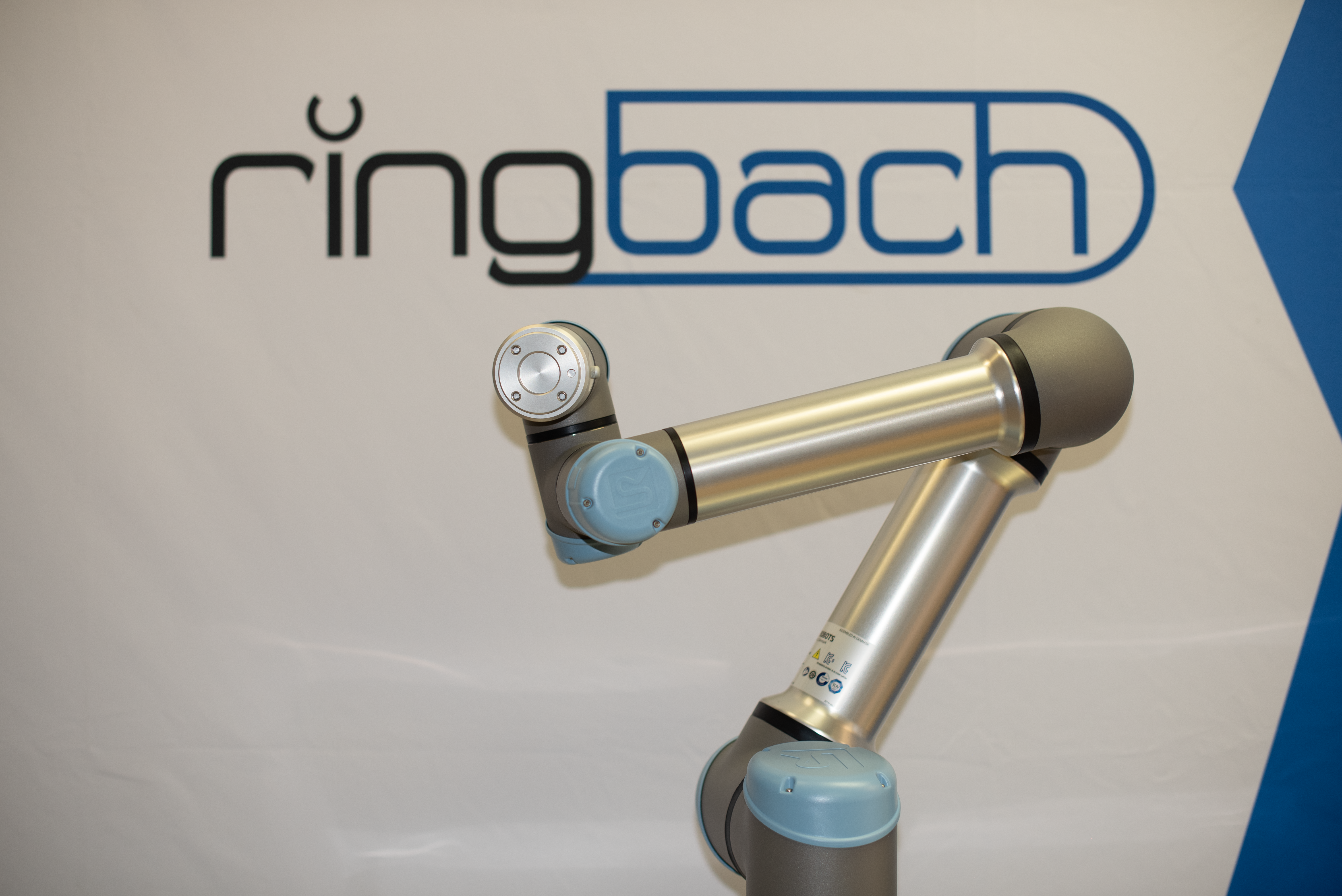
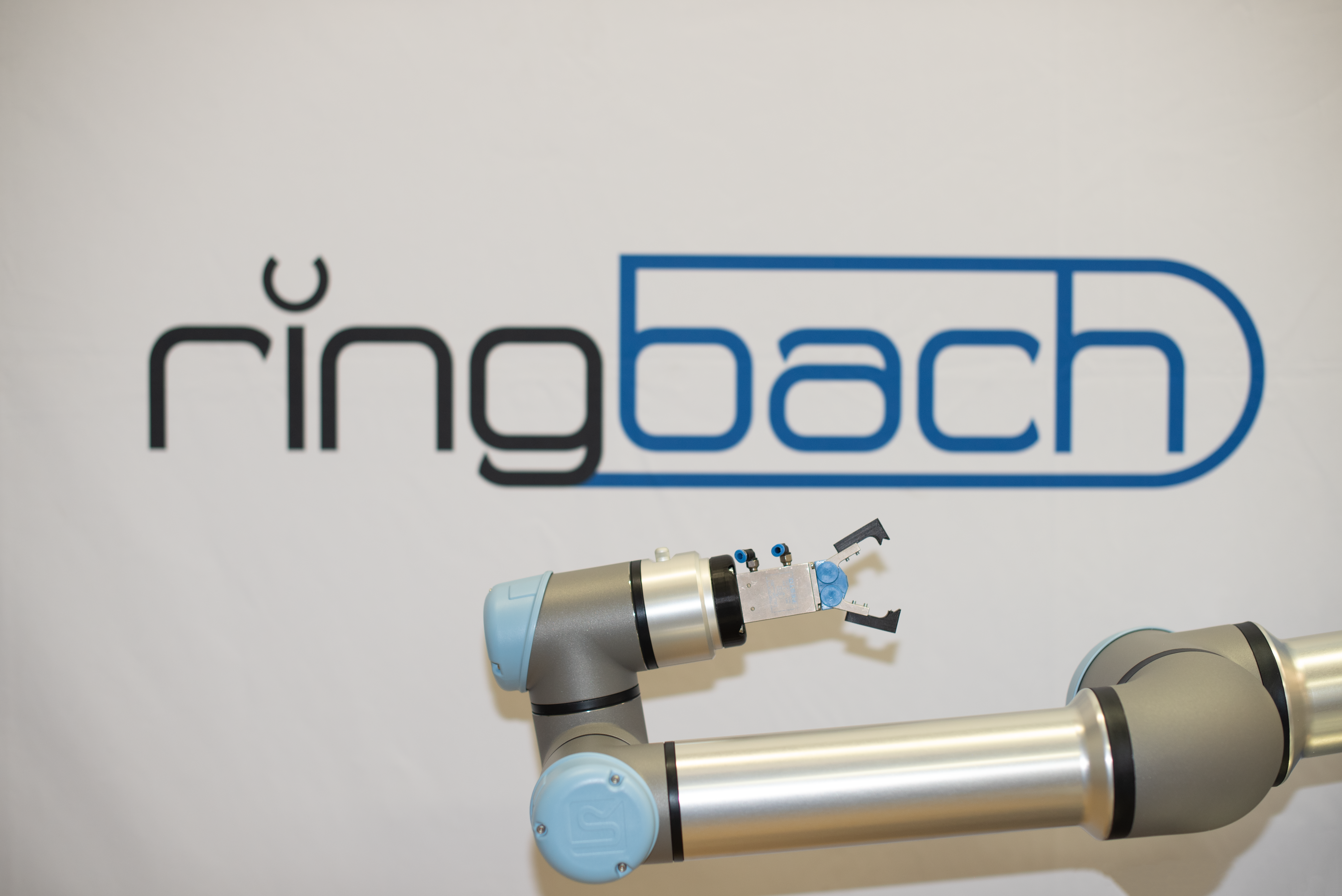
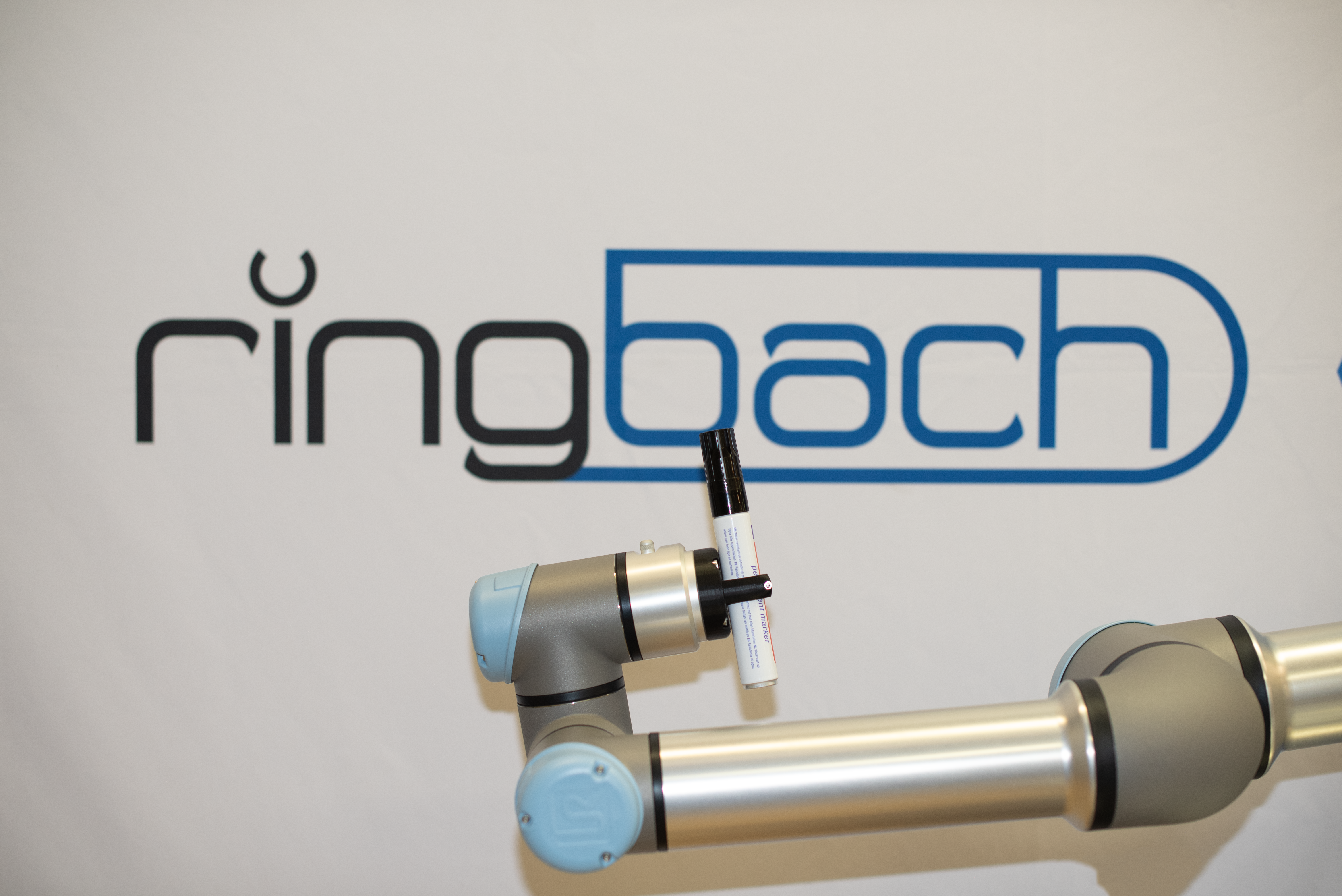
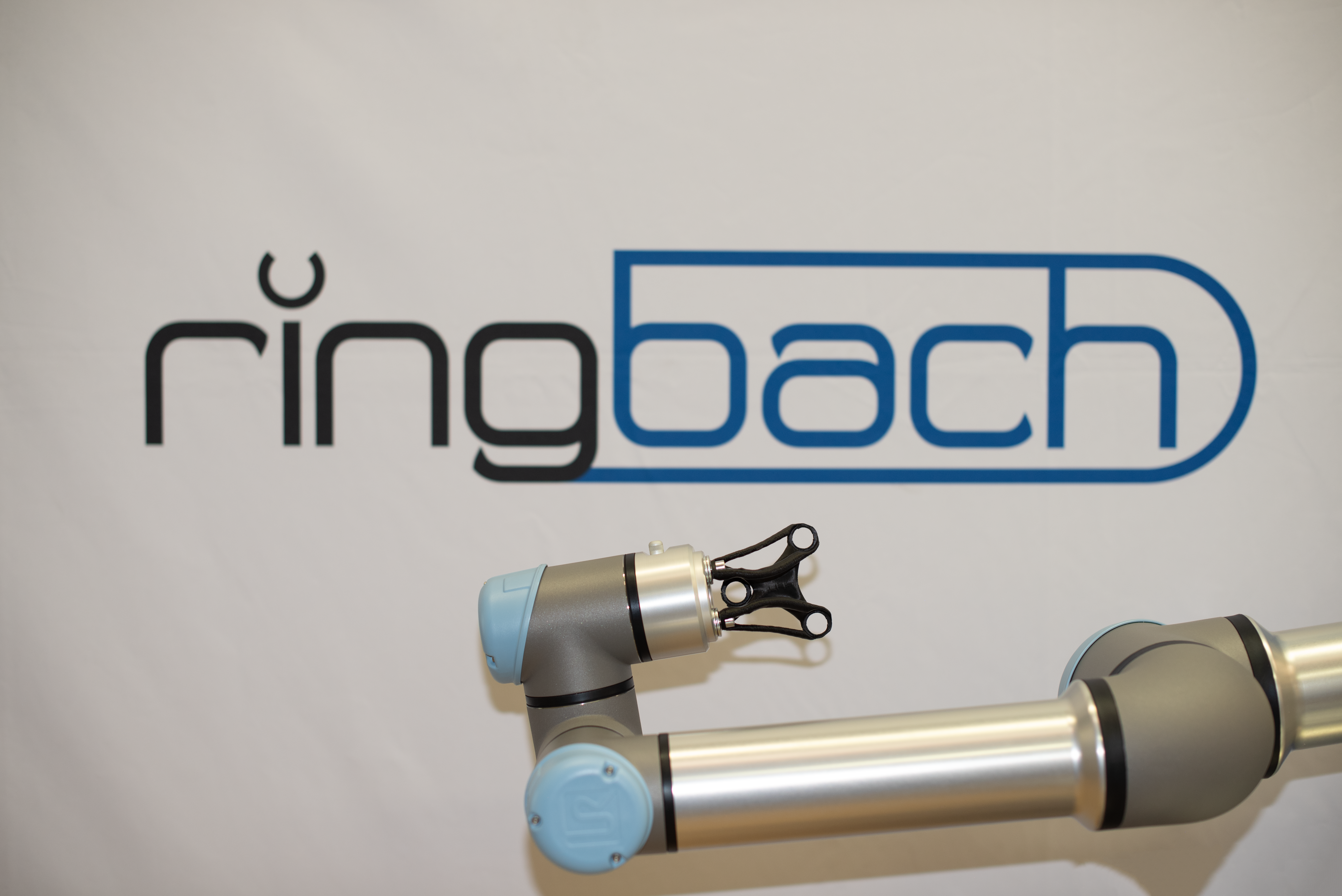
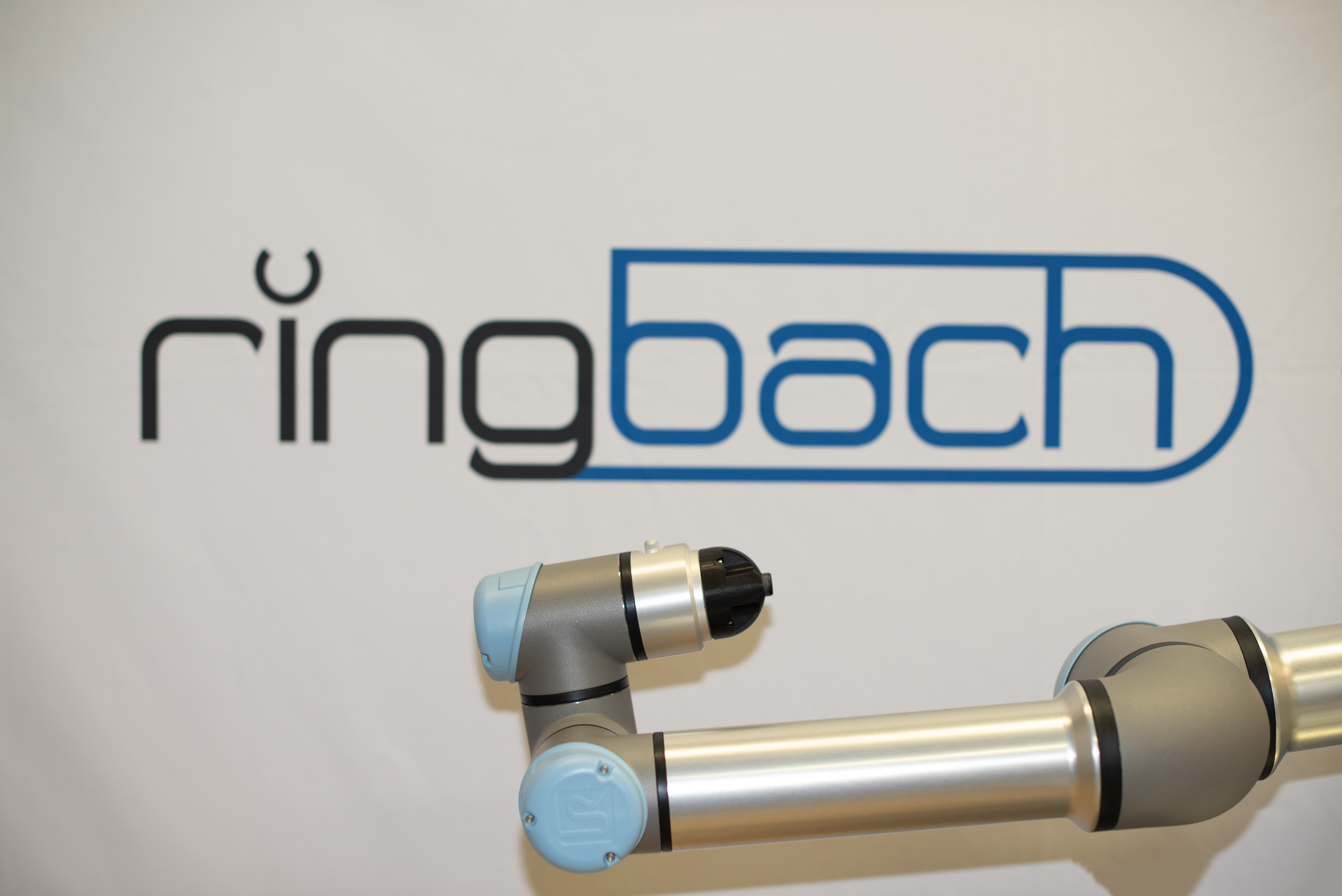
Cobots, or collaborative robots, are no longer just simple helpers but are transforming into indispensable team players in the manufacturing industry. These intelligent machines are revolutionizing the collaboration between humans and machines. From their inception to today’s high technology, Cobots have ushered in a new era of efficiency and interaction.
What are Cobots?
Cobots, short for collaborative robots, distinguish themselves by their ability to work side by side with human labor. Unlike traditional industrial robots, Cobots are designed to collaborate safely and interactively with humans. Their features include intuitive operation, collision-avoidance sensor technologies, and flexible programming that allows for quick and uncomplicated task adjustments without endangering human safety.
The Role of Cobots in the Manufacturing Industry
Cobots play a crucial role in the manufacturing industry, serving not only as efficient helpers but more importantly as team players. The use of Cobots enables a significant increase in efficiency in production processes. Due to their collaborative nature, they seamlessly work with human labor, leading to a more flexible and responsive production. Their applications in manufacturing range from material handling to assembly processes and quality assurance.
A central advantage lies in cost savings and resource efficiency. Cobots can take on repetitive tasks, relieving skilled workers from monotonous activities and allowing them to focus on more challenging tasks. This not only helps address skill shortages but also enhances overall productivity. In the manufacturing industry, Cobots represent not only technological progress but also a strategic move toward more efficient and flexible production processes.
Benefits of Cobots
The deployment of Cobots in manufacturing offers a variety of benefits that have a profound impact on efficiency and productivity. A significant strength lies in cost savings and resource efficiency. Cobots take on repetitive and time-consuming tasks, relieving human labor from monotonous activities. This enables optimal resource utilization and increases productivity by focusing on more complex, value-added tasks.
The flexibility and adaptability of Cobots are additional crucial advantages. With their intuitive programming, they can be quickly and easily adapted to new requirements. This is particularly important in changing production environments, where the adaptability of manufacturing systems is crucial for success.
Another advantage is the relief of skilled workers. Cobots act as supportive partners, reducing the workload for human employees while improving the quality and precision of work processes. This not only contributes to employee satisfaction but also addresses skill shortages.
Safety Aspects
The integration of Cobots into the manufacturing industry brings not only benefits but also requires careful consideration of safety aspects. The collaboration of humans and Cobots in a shared workspace requires innovative safety measures to minimize potential risks.
- Safety zones and sensors:
To avoid collisions between Cobots and human labor, safety zones are defined. State-of-the-art sensor technologies allow Cobots to perceive their environment in real-time. When approaching individuals or obstacles, Cobots automatically slow down or stop their movements. This includes Safe Torque Off (STO) functions, ensuring the shutdown of torque when at rest. - Collaborative robots with tactile capabilities:
Cobots are equipped with tactile sensors, allowing them to recognize physical contact. This ability enables a gentle response to unforeseen touches to prevent injuries or damages. Safe Limited Speed (SLS) functions also support safety by ensuring a safe reduction of speed or complete stop. - Safety training and guidelines:
The introduction of Cobots requires comprehensive training for personnel. Safety guidelines must be clearly defined and communicated to ensure safe collaboration with Cobots. This includes training related to programming and interaction with collaborative robots, considering STO and SLS standards.
Examples of Possible Cobot Applications
- Automated assembly line:
In an electronics manufacturing company, Cobots could be used to create an automated assembly line. Cobots take on precise assembly tasks, while human labor focuses on quality control-related activities. This would lead to improved production speed and quality control. - Packaging and palletizing:
In the food industry, companies could deploy Cobots for packaging and palletizing. Cobots could handle precise packaging of products and palletizing of boxes to increase efficiency and reduce the workload for employees. - Quality inspection in the automotive industry:
A leading automotive manufacturer could integrate Cobots into its production line for quality inspection. Cobots could handle precise measurement and inspection of components to ensure the highest quality standards. This would result in improved product quality and lower defect rates. - Welding tasks:
Due to easy programming, it often suffices to approach the starting and ending points of a weld seam in teach mode, save the program, and clean seams can be produced. This saves time and significantly improves quality.
Future Outlook
- Advancement in collaborative robotics:
Advances in robotics technology will lead to increased collaboration between humans and machines. Cobots will be able to take on even more complex tasks and interact seamlessly with human labor. - Application in new industries and uses:
The application fields of Cobots will continue to diversify. Sectors such as healthcare, logistics, and education could increasingly benefit from collaborative robotics by providing innovative solutions to specific challenges. - Artificial intelligence and learning capabilities:
Cobots will increasingly be equipped with artificial intelligence, enhancing their ability to autonomously adapt and optimize their workflows. The learning capabilities of Cobots will help them quickly adjust to changing requirements. - International standards and regulations:
With the growing use of Cobots, international standards and regulations will evolve to ensure safe and efficient integration into various industries. This will contribute to building trust in the technology and promoting its global adoption. - Sustainability and energy efficiency:
Future generations of Cobots are expected to be more focused on sustainability and energy efficiency. This could shift the focus towards resource-efficient production and the use of environmentally friendly materials.
Cobots at ringbach
Whether it’s consulting, manufacturing end-of-arm tools, software, or enclosures – we at ringbach support you with years of experience and expertise. For more information, please click -> here <-.
Conclusion
The implementation of Cobots in the manufacturing industry has enabled significant progress towards more efficient, flexible, and secure production processes. The benefits of cost savings, skilled labor relief, and improved workflows are evident. Safety aspects, including advanced sensor technologies and STO/SLS functions, ensure safe human-robot collaboration.
Successful Cobot applications in assembly lines, packaging areas, and quality inspection demonstrate the versatility of this technology. The future outlook points to increased integration of artificial intelligence, broader applications, and consideration of international standards and sustainability aspects. Cobots will continue to play a key role in the modern manufacturing landscape, offering innovative solutions for upcoming challenges.
Sources:


